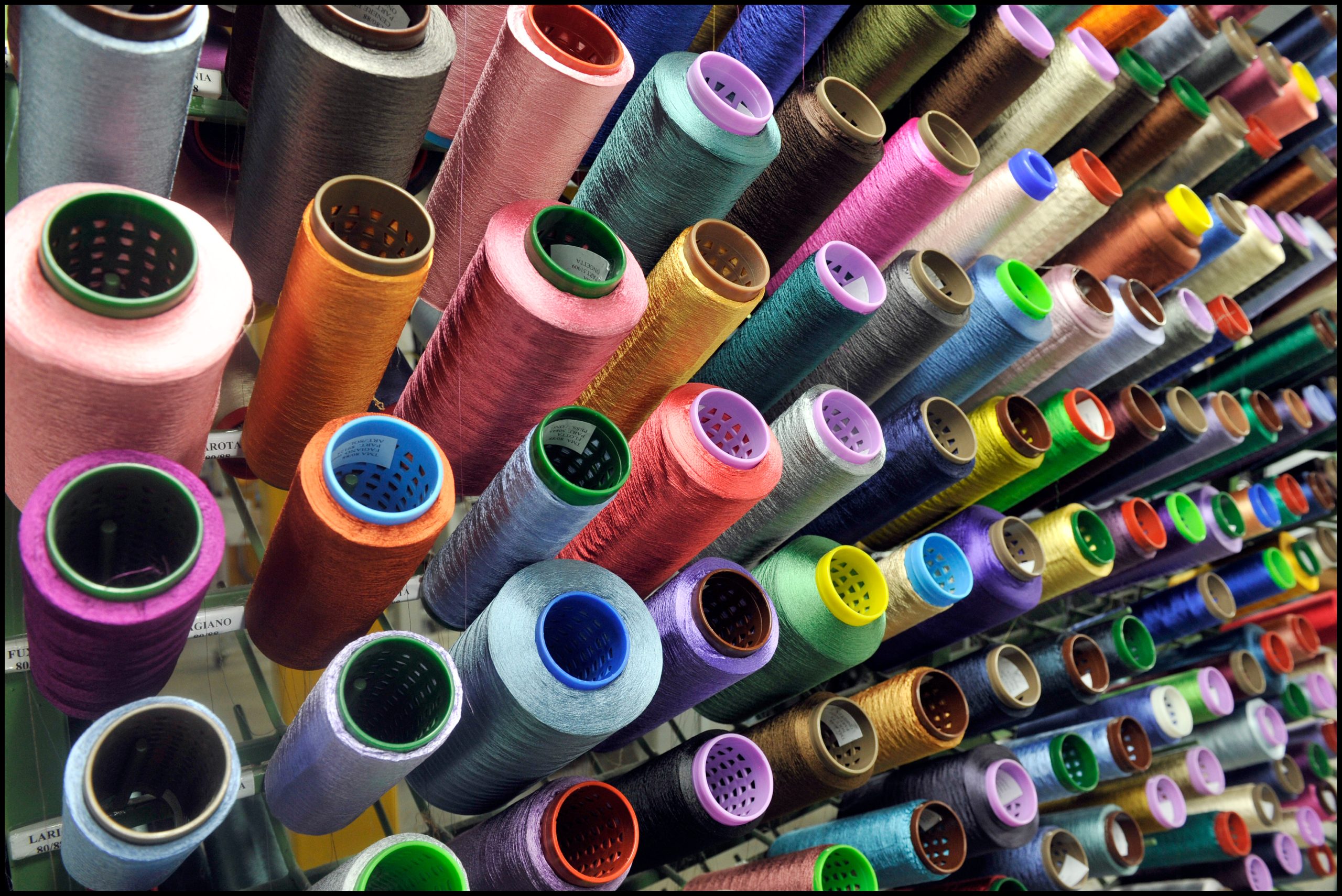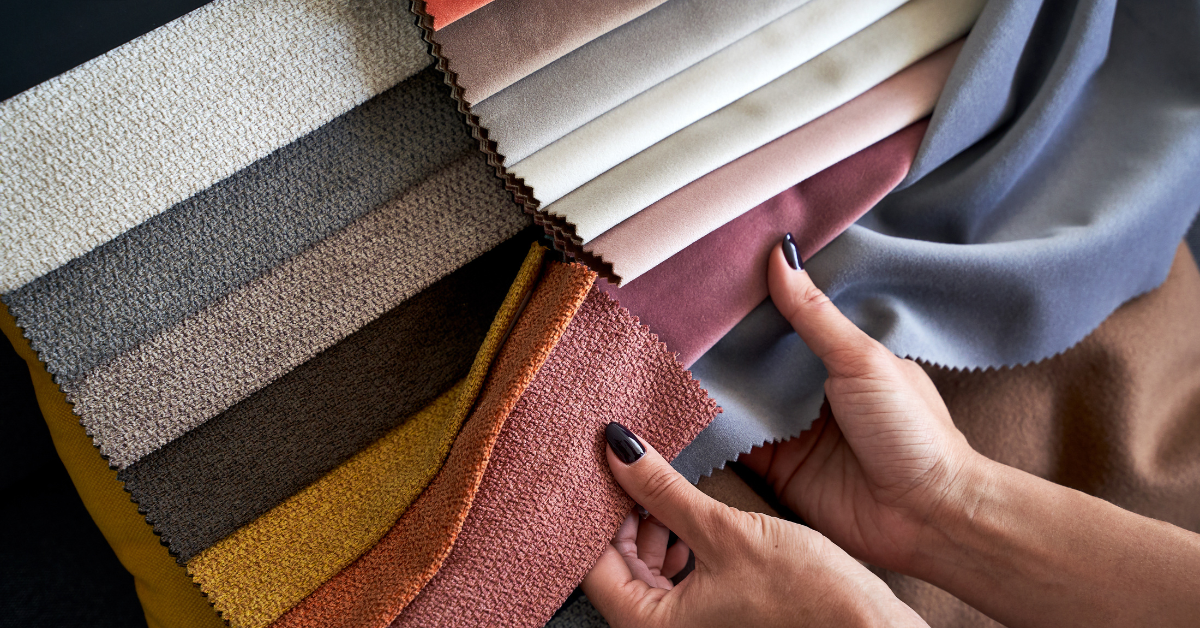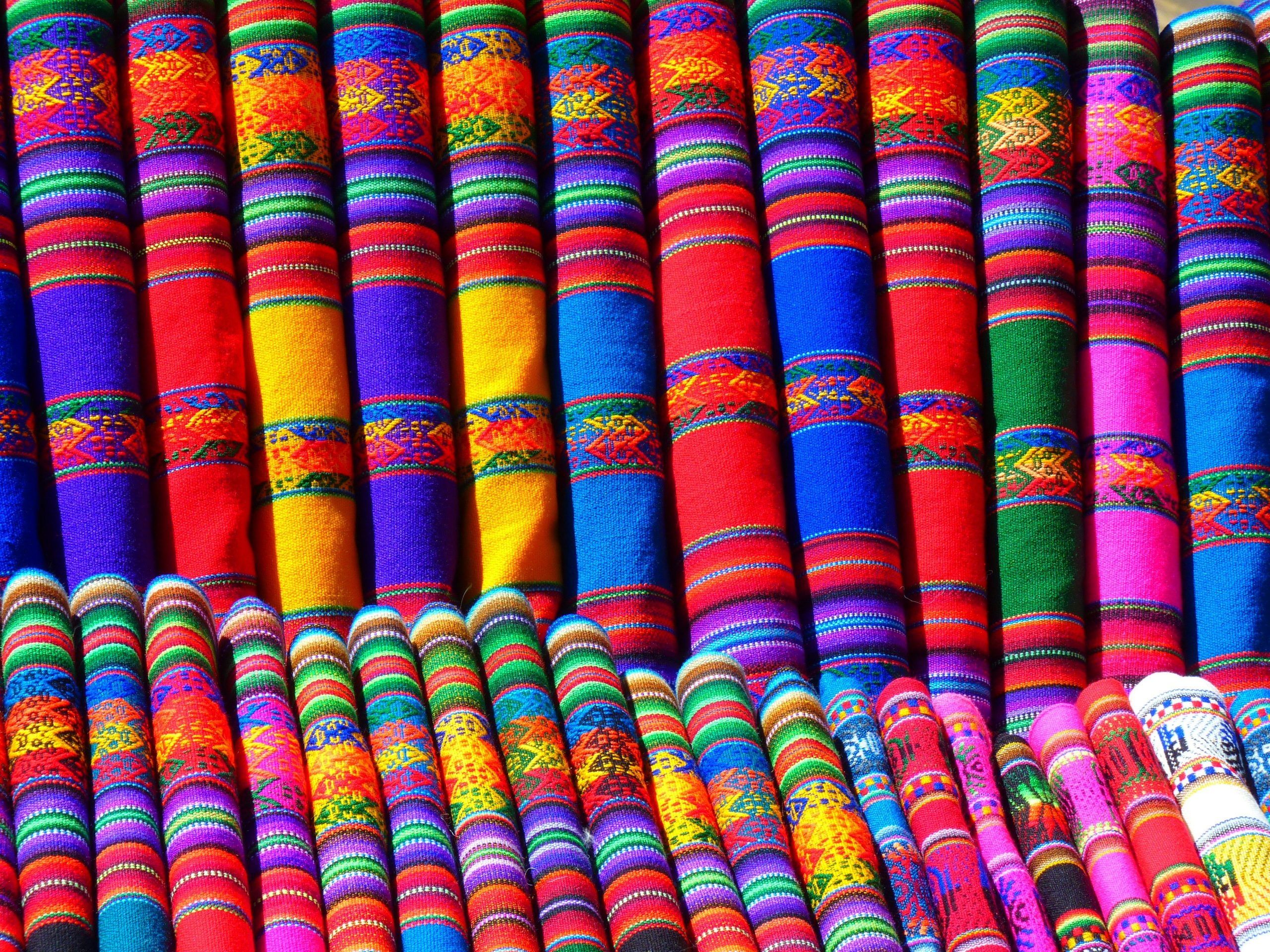Textile science, an essential part of the fashion industry, is rapidly gaining prominence in fashion schools worldwide. This discipline focuses on understanding the properties and behavior of different textiles, which plays a vital role in designing clothes that are not only aesthetically pleasing but also functional and sustainable.
Traditionally, fashion schools freetaklive.com primarily focused on teaching design skills such as sketching and pattern making. However, with advancements in technology and growing awareness about sustainability, there has been a shift towards integrating textile science into the curriculum. Fashion students are now learning about fabric composition, fiber types, dye techniques, and how tealightcups.com these factors impact the functionality and durability of garments.
The integration of textile science into fashion education allows designers to make informed decisions when selecting materials for their designs. For instance, understanding how different fabrics react to various weather conditions can help them create pieces that are more suitable for specific climates. Moreover, knowledge about textile manufacturing processes can guide designers in choosing more environmentally friendly camkinks.com options.
Additionally, incorporating textile science into fashion education encourages innovation within the industry. With a deep understanding of textiles’ advectionusa.com characteristics at their disposal; students can experiment with unusual materials or develop new goldenlipsofsilence.com fabric blends to achieve desired aesthetics or functionalities. They might even explore creating smart textiles embedded with technology or bio-fabricated materials that push the boundaries of what’s possible in fashion.
Furthermore, this integration fosters a holistic approach to design by fppradionews.com emphasizing the connection between form and function. It encourages future designers to consider not just how garments look but also how they feel against the skin publishername.com or move with the body – aspects directly influenced by material choice.
As consumers become increasingly conscious about sustainability issues related to fast fashion such as waste production and resource depletion; they demand transparency regarding where their clothes come from and what they’re made out of. Consequently having an intimate knowledge of textiles enables designers to meet these expectations by producing high-quality sustainable pieces that resonate with modern consumers.
In conclusion integrating textile science into fashion schools is a positive step towards creating a more innovative and sustainable fashion industry. It equips future designers with the knowledge they need to make informed choices about materials, fostering designs that are not only beautiful but also functional and environmentally friendly. As such, textile science is no longer just citlalisphotography.com a niche area of study but an integral part of fashion education that will shape the industry’s future direction.




